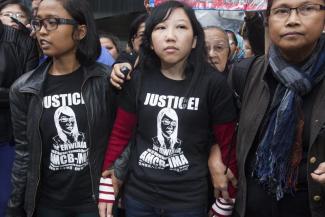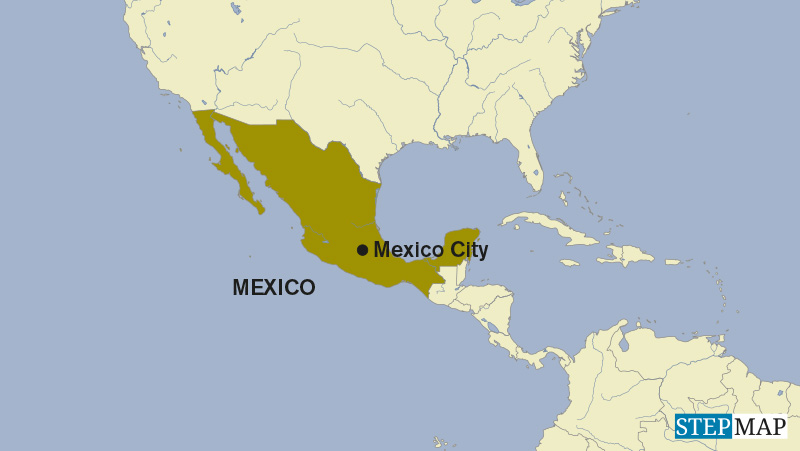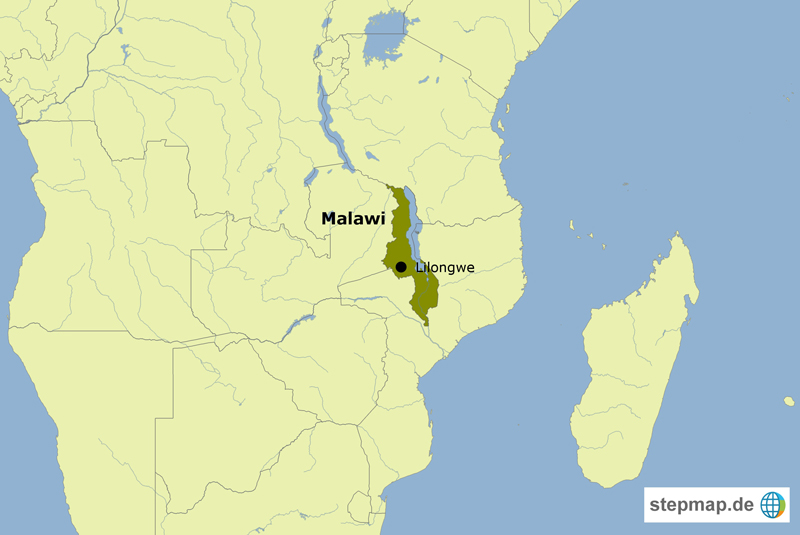Labour migration
What women migrants send home

The mobility of women has increased both absolutely and proportionally in most countries of the Asia-Pacific region. According to the recent IOM study “Women’s Labour Migration from Asia”, women now comprise 48 % of the migrants to the countries there, and 44 % of the migrants from those countries.
The trend is driven by changing gender roles and new policies in both the countries of origin and destination. The study cites the example of Bangladesh where a ban on women’s migration in search of low-level occupation was lifted in 2003, and an Overseas Employment Policy was enacted in 2006, ensuring the right of Bangladeshi male and female workers to freely choose employment inside and outside the country. Both policy changes seem to have accelerated women’s migration.
The main destinations for female migrant workers are the Gulf countries and the fast-growing economies of East and Southeast Asia. Statistics tend to be unreliable, however, because many women migrate through irregular channels and work in informal jobs. It is estimated that irregular migrants make up at least 15 % of the workforce in the six countries of the Gulf Cooperation Council.
Economic and social gains
The impact of female migration in Asia-Pacific is not only huge in absolute numbers, but also much bigger than that of male migration. Women earn less on average, but they send a greater share of their incomes home to their families. The IOM author points out that these remittances are one of the largest sources of foreign-exchange revenues in many countries. For instance, the average Bangladeshi woman working in the Middle East sends 77 % of her income home. Another positive aspect is that women’s remittances are usually spent for education, food, clothing and housing, supporting the whole family.
Female migration, moreover, has benefits in the form of ideas, skills, attitudes and knowledge. Women emerge as breadwinners, and their social status grows. Migration is changing gender roles and cultural norms.
On the other hand, migration affects married and family life. Children of mothers working abroad are most often raised by their grandmothers, which can have negative effects. However, the study also refers to findings from Thailand, where children of migrant parents were “more likely to give a positive assessment of their own [subjective] well-being” than other children.
Another drawback of female migration lies in the risks it carries for the women. They are trafficked or smuggled more often than men, they are forced to pay bribes, and they get overcharged by brokers on recruitment fees.
According to the study, many women, particularly those who migrate irregularly, get stranded in transit countries where they fall prey to exploitation and hostility. In destination countries, poor living and working conditions occur as well as physical and sexual abuse. A large number of domestic workers, for instance, are held in slave-like conditions with no rights whatsoever. Reintegration back home can be difficult too.
The IOM calls for efforts to improve the benefits of migration and ensure women’s rights and welfare. Countries of origin need strategies to protect their emigrants and better prepare them for life abroad. Host countries, on the other hand, should extend their labour rights to migrant workers, which is already happening in many countries. The IOM author urges governments to insist on formal employment contracts and provide support services to migrants and their employers. Furthermore, more global, regional and bilateral cooperation is needed for migration that benefits all.
Katja Dombrowski
Link:
IOM: Women’s labour migration from Asia and the Pacific: opportunities and challenges.
http://publications.iom.int/bookstore/free/MPI_Issue12.pdf













